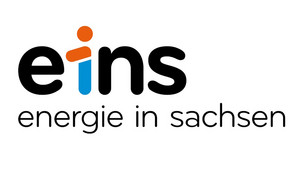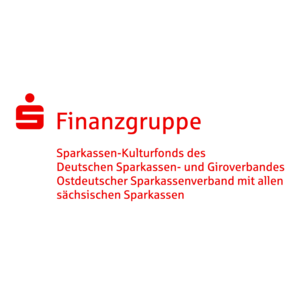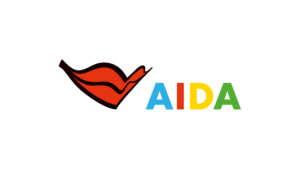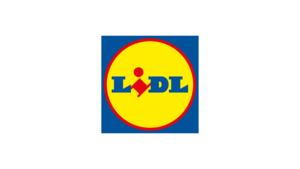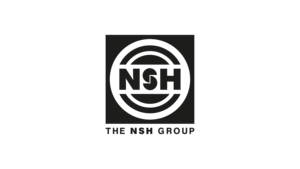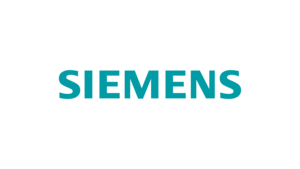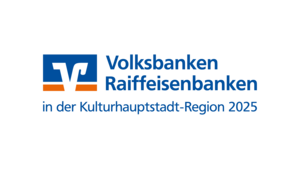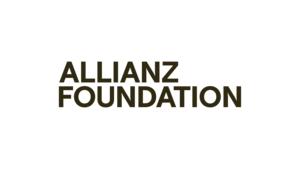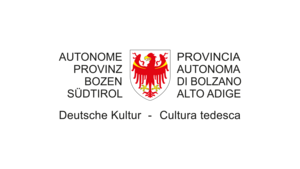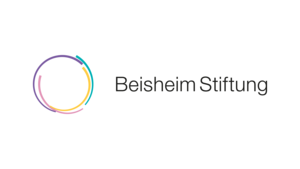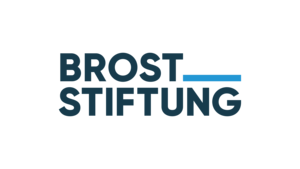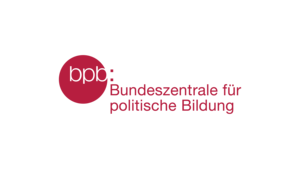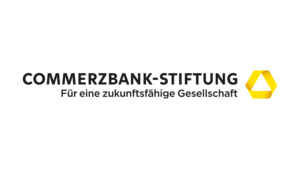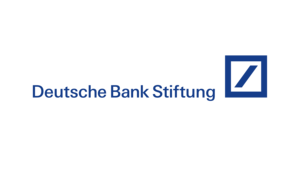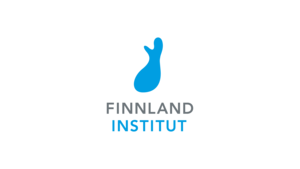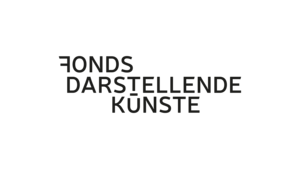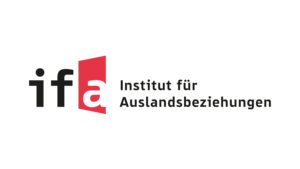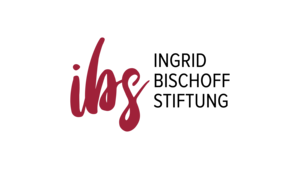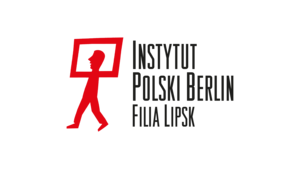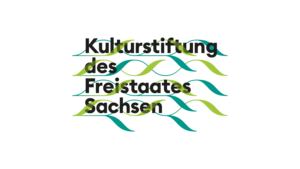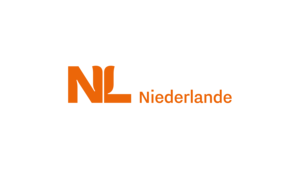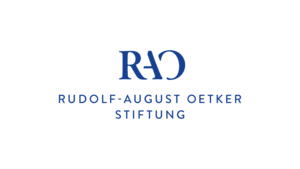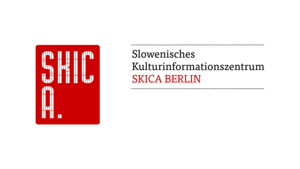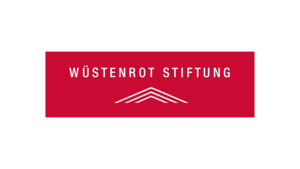In the volunteer editorial team, Volunteers for Chemnitz 2025 publish reports on their experiences, assignments and adventures around the European Capital of Culture.
Andrea lives in Chemnitz. Before retiring, she worked as a teacher. As a result, she has a good feel for language and an eye for detail - all qualities that she brings to the volunteer editorial team of Chemnitz 2025.
There is something magical about a city by the water. It's great to stroll along the banks and let your gaze wander, watch people and socialise with them. You can do that in Paris on the banks of the Seine, in Leipzig you can paddle along the canals, in Dresden you can take a boat trip. But in Chemnitz? I can think of very little off the top of my head.
That's why I'm immediately on board when a city tour entitled "Tour Fluss" is offered as part of the Capital of Culture. It takes place on 9 March 2024 with city guide Ramona Wagner.
It starts this Saturday at 1.30 pm in the inner courtyard of the Schmidtbank Passage. There, 38 interested people are waiting with me for the start of this tour, which, however, should be quite different from what the title of the tour suggests.
After being welcomed by Mrs Wagner, we are given detailed information about the Capital of Culture. Here we are also very close to the organisers, the European Capital of Culture Chemnitz 2025 gGmbH team, who have their offices right next door.
We continue on foot towards the Chemnitz River. But that doesn't matter. Instead, we are introduced to the Hartmannfabrik project. The gGmbH will move into this refurbished building at the beginning of May and it will also be the contact point for visitors to our city in 2025. After a lot of interesting information, including about Richard Hartmann himself and his locomotives, I'm finally expecting a linguistic transition to the topic of the river, but it doesn't come! I realise that others are also surprised when we are told that we are about to take the number 32 bus towards Rottluff. Where is the connection to the river? I would have found it at Seeberplatz, the steps on the banks of the Chemnitz invite you to linger.
On the way to the bus stop, I look in the direction of the castle pond, which I will find out today is fed by the Pleißenbach stream. I make a mental note to take my personal guests here during the Capital of Culture year. Boating, eating ice cream, relaxing on a bench, chatting to people - just the place for it, and by the water!
The bus takes us to the former Altendorf goods station, which is currently a huge building site. Mrs Wagner explains that the Pleißenbach district park is being built in its place, a place for local residents, for guests, for encounters. I'm thrilled, because that's what I've been longing for - a connection to Chemnitz's rivers. At 20 kilometres long, the stream is the longest tributary of the Chemnitz. As part of the renaturalisation project, it will finally be restored to its original riverbed and allowed to meander through Chemnitz. My dream could come true here! Chemnitz, a city by the river!
Our last stop is dedicated to a great son of our city, Karl Schmidt-Rottluff. His birthplace, an old mill, is being converted into a museum by an organisation with a lot of passion. You can imagine how much diligence and effort was and is required to bring this artist closer to our guests.
After about 2 hours, Mrs Wagner says goodbye and I am very grateful for the information and, above all, the impressions of this day. I will certainly take part in further tours, because what I have heard and seen today inspires me and brings me even closer to my city.
To come back to my question from the beginning, "But in Chemnitz?", I can now give an answer: Our city has potential and many bright minds and with its successful bid to become European Capital of Culture 2025, it has been awoken from a deep slumber and no longer needs to shy away from comparisons. And one last thought on the subject of "flow": Getting into flow also means moving something, changing something and that is exactly what is happening in our city. Perhaps I shouldn't have taken too narrow a view of the city tour's motto after all.
Many thanks, Mrs Wagner!


